TI手提超声系统DSP解决方案
TI公司的手提超声系统DSP解决方案重量大约10磅或不到10磅,可以在没有电池的情况下工作. 手提超声系统广泛应用于ICU病房,急诊室, 麻醉和战场. 手提超声系统采用DSP和SoC来处理电传感器(如照相机,变换器,麦克风等)所产品生的数字化电信号,一个诊断超声图像系统产生和发送超声波,捕捉反射波并转换成可视的图像.接收到的反射波的信号处理包内插,抽取,数据滤波和重建.可编程的DSP和SoC能实时实现这些复杂的数学运算.本文介绍了超声波系统方框图, 超声波系统的前端处理,中间处理和后端处理,以及由DM648 + DM6446组成的系统框图和由C6455 + OMAP3530组成的系统方框图.此外还介绍了相关处理器和应用处理的主要特性和方框图.
本文引用地址:http://www.eepw.com.cn/article/199008.htmDSPs and SoCs are specially designed single-chip digital microcomputers that process digitized electrical signals generated by electronic sensors (e.g., cameras, transducers, microphones, etc.) that will help to revolutionize the area of diagnostic ultrasound imaging. A diagnostic ultrasound imaging system generates and transmits acoustic waves and captures reflections that are then transformed into visual images. The signal processing on the received acoustic waves include interpolation, decimation, data filtering and reconstruction. Programmable DSPs and SOCs, with architectures designed for implementing complex mathematical algorithms in real-time, can efficiently address all the processing needs of such a system.
TI Digital Signal Processor (DSP) for Portable Ultrasound
Portable ultrasound systems are considered to be ultrasound systems that weigh around 10 lbs or less, and can run on batteries. They began to appear in the market place in the late 90s and have seen a remarkable growth in sales in the recent years. This growth has been a direct result of their applicability in areas such as ICUs, emergency medicine, regional anesthesia and battlefield.
DSPs and SoCs are specially designed single-chip digital microcomputers that process digitized electrical signals generated by electronic sensors (e.g., cameras, transducers, microphones, etc.) that will help to revolutionize the area of diagnostic ultrasound imaging. A diagnostic ultrasound imaging system generates and transmits acoustic waves and captures reflections that are then transformed into visual images. The signal processing on the received acoustic waves include interpolation, decimation, data filtering and reconstruction. Programmable DSPs and SOCs, with architectures designed for implementing complex mathematical algorithms in real-time, can efficiently address all the processing needs of such a system.
The following information introduces the concept of a complete portable ultrasound system solution based on Texas Instruments (TI) semiconductor components, development tools, and software solutions.
Additionally, the various concepts that outline the inherent advantages of a DSP and a SoC in a portable ultrasound system - efficient signal processing, lower power consumption and lower cost, all leading to better ultrasound diagnostic imaging - will also be covered.
The key driver requirements for a portable ultrasound system are the same with any portable device: size, weight, battery life, cost and performance. OEMs are making trade-offs in these areas, for example, providing just a basic imaging system with less features but with more battery life, (e.g., 8-channel black and white systems vs. more sophisticated 128 channel color systems that would need to be re-charged more often). The size of the portable system varies from laptop sized systems to handhelds. These size limitations are driving the need for more system integration on the supporting SoCs and more automatic image enhancement features due to fewer fine controls.
The requirements for portable systems is also being driven from geographies where the infrastructure is more rural and access to the larger more sophisticated imaging systems is limited, and where clinicians must now take the system to the patient. This makes cost a critical factor as well.
图1.超声波系统方框图
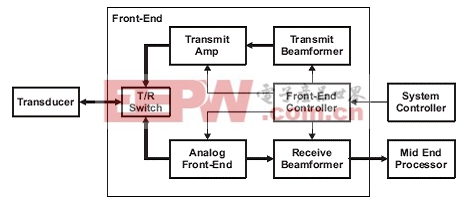
图2.超声波系统前端处理框图

图3.超声波系统中间处理框图

图4.超声波系统后端处理框图
系统框图案例:
1.
System block diagram highlighting the use of TMS320DM648 and TMS320DM6446 for carrying out mid-end, back-end, and system controller functions.

图5.DM648 + DM6446系统框图}


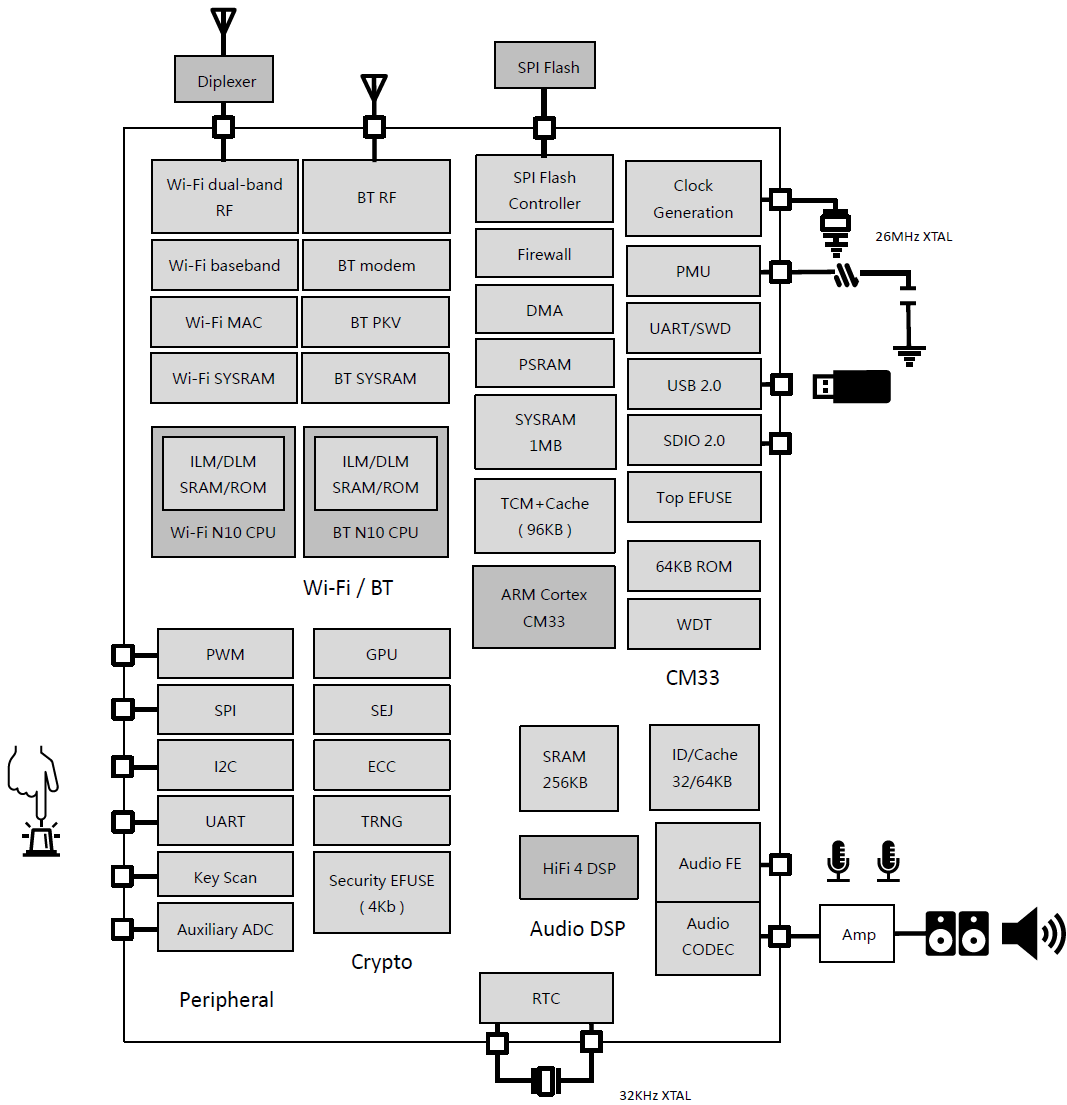
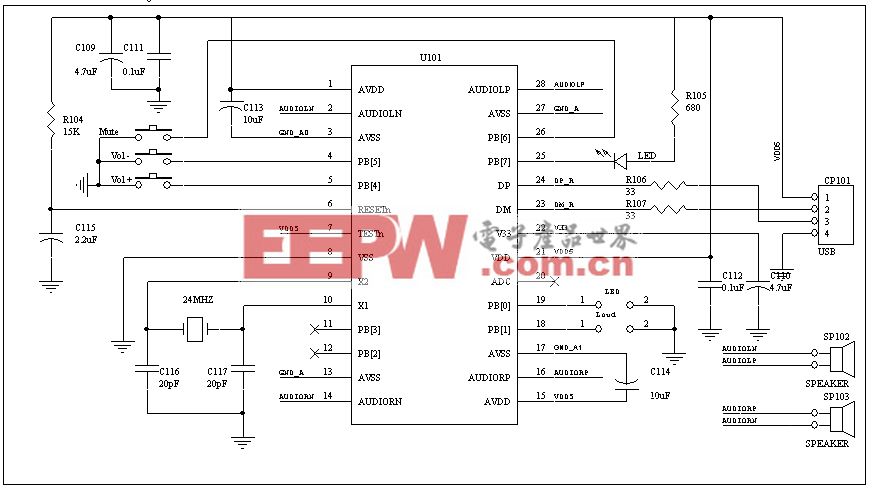

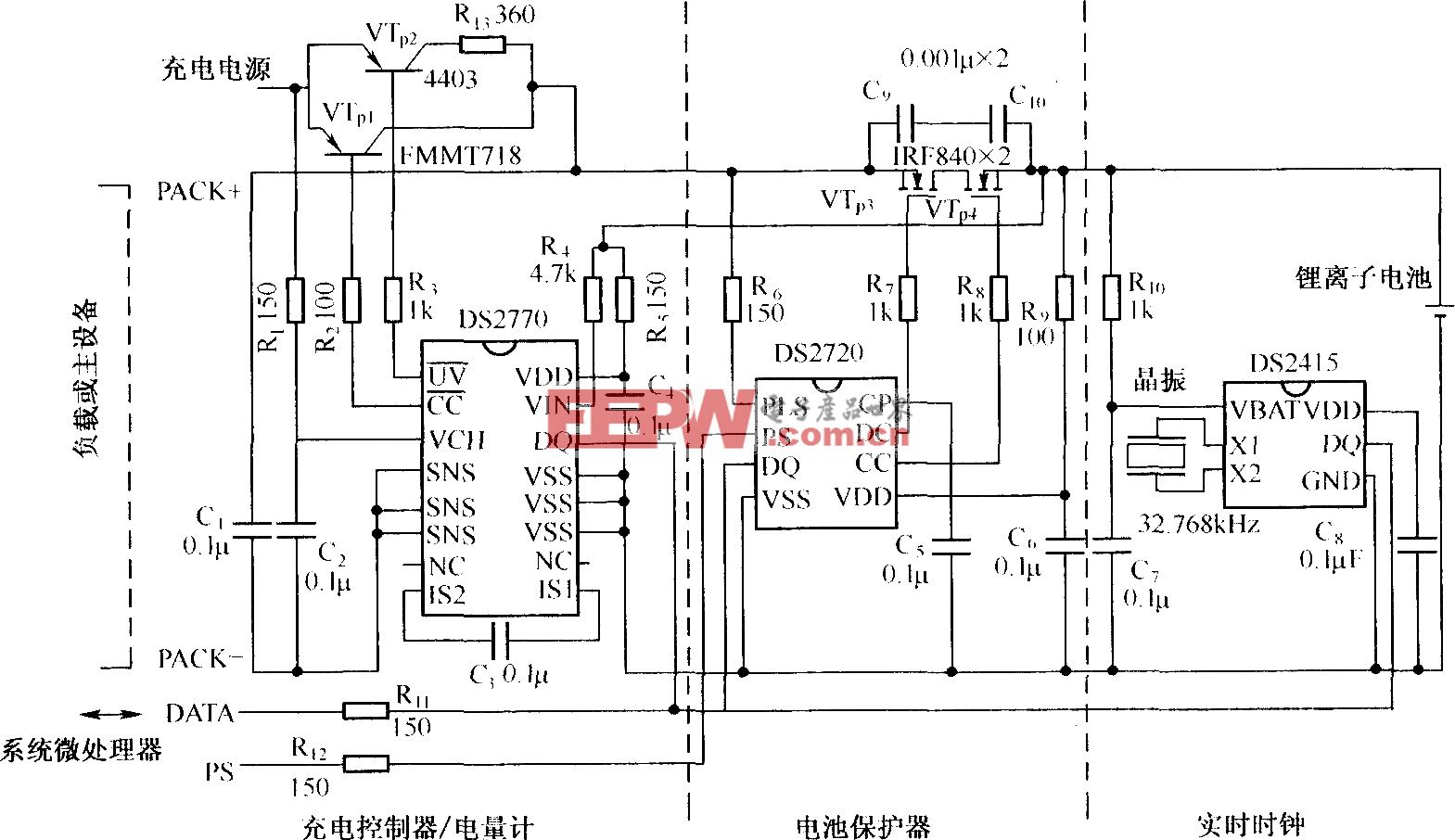
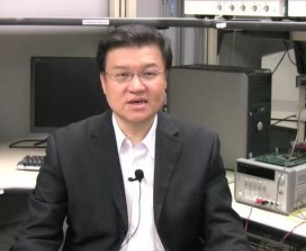
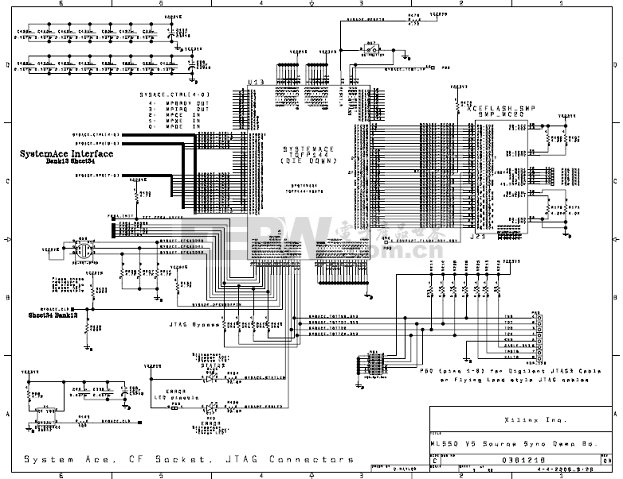
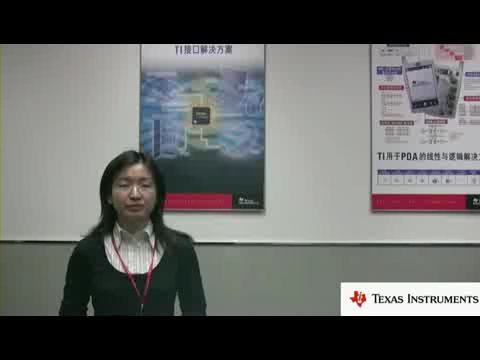
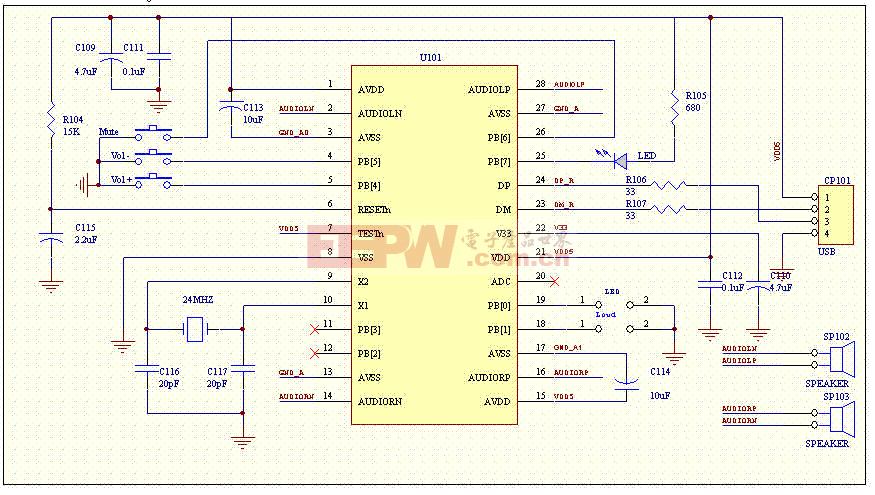




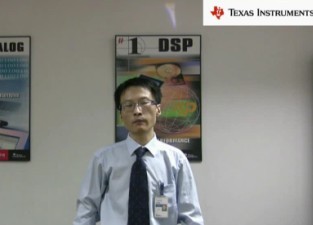

评论